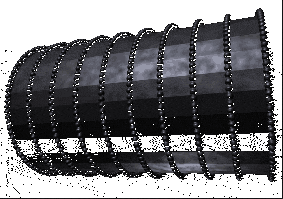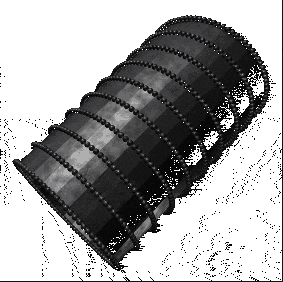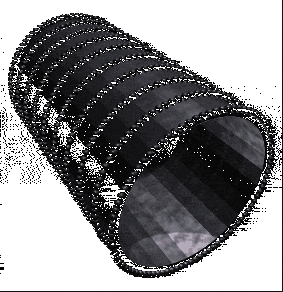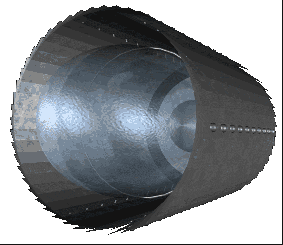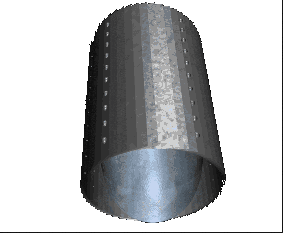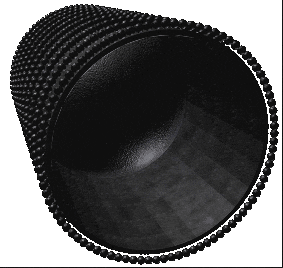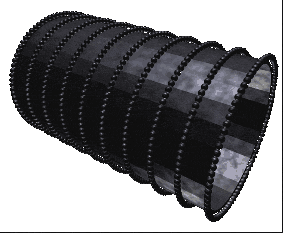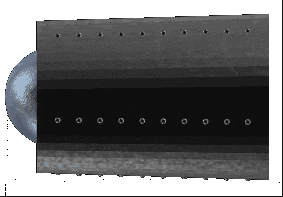|
||||
|
|
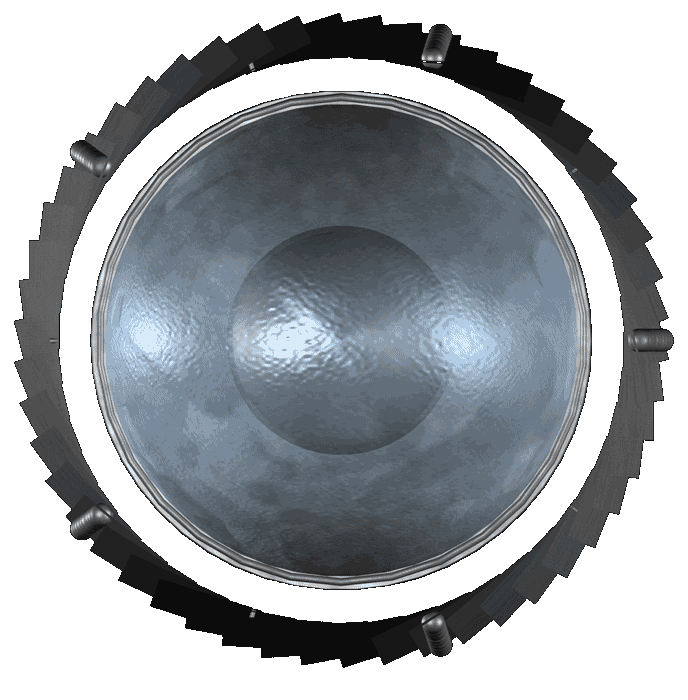 The design for the first Olympic Orbital Village in history began in 2011. I was in Sao Paulo, Brazil, with my dear friend Durval de Noronha Goyos and the idea of doing something for the Olympics in Brazil in 2016 appeared. Everything started with KAIROS, my orbital building design presented some months before. So, I imagine the revolution that would represent - in scientific, social, sporting and aesthetic terms - an Olympic Orbital Village, incorporating for the first time the ancient spirit of the early Greek games in contemporary zeitgeist. UIRA means "bird" in Tupi, a language that was present in great part of Brazil when it was discovered in the 16th century. Quickly, another dear friend, director of the UIRA project, architect Professor Bruno Padovano, called it VOO UIRA (because in Portuguese VOO is the acronym of Olympic Orbital Village and it also means "to fly" - thus, VOO UIRA means "flying bird"). Also in 2011 I published a book about this project, distributed internationally by Amazon. In 2012 I developed the first course of space architecture at the University of Sao Paulo, together with Bruno Padovano. NUTAU Nucleus for Advanced Research on Technology of Architecture and Urbanism of USP University of São Paulo is developing VOO UIRA, which is a double environmental orbital system: working with micro gravity and artificial gravity. It certainly is the first orbital urban project. The building looks like a cylinder, but its scale alters such a quality. The surface of this large cylinder (which has G1), when stretched (figure below), measures about 1 mile wide and about 1.5 miles long. Inside it, the sensation of the cylindrical shape disappears. In the center of the building there is a huge transparent bubble, for games without gravity - challenging our bodies. Emanuel Dimas de Melo Pimenta 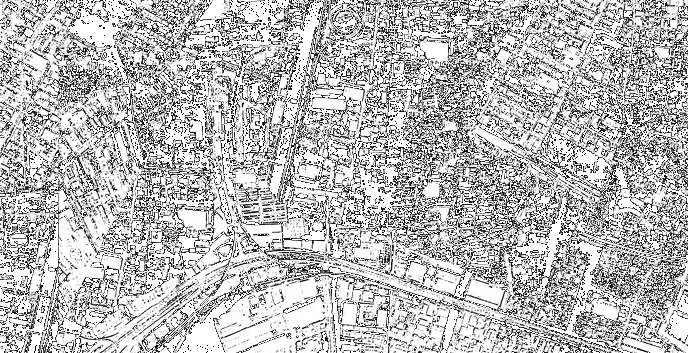 Above, view of the interior of the UIRA Olympic Orbital Village. Bellow, movie on UIRA (2012), music: LIGHT (Emanuel Pimenta, 2007)
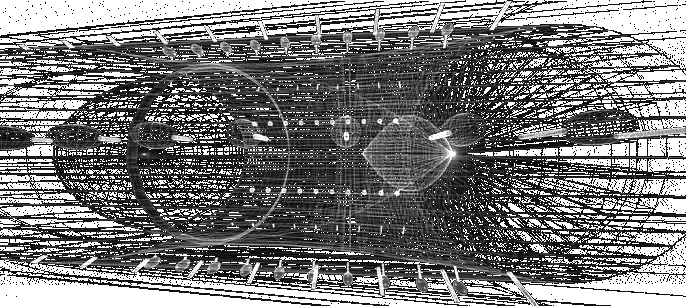 |
|
 o l y m p i c o r b i t a l v i l l a g e
2 0 1 1 - 2 0 1 6
o l y m p i c o r b i t a l v i l l a g e
2 0 1 1 - 2 0 1 6